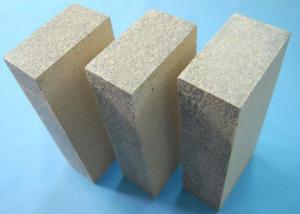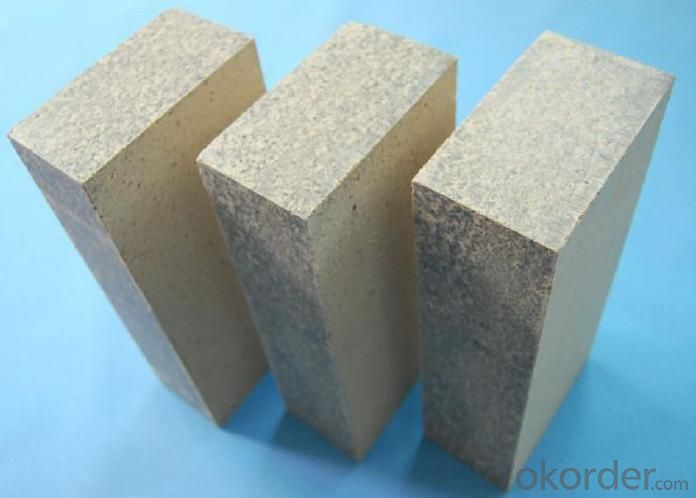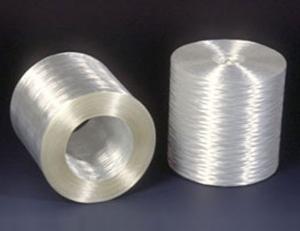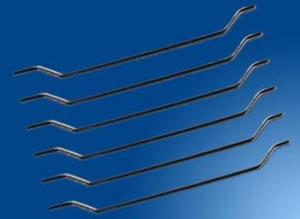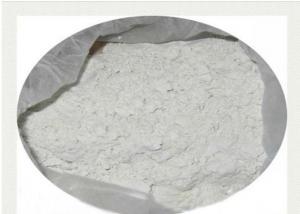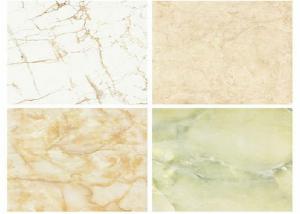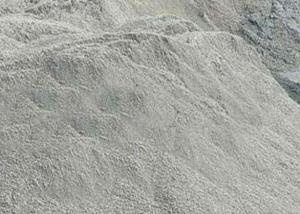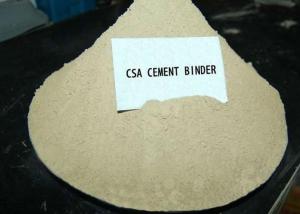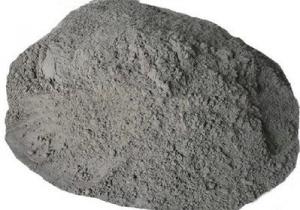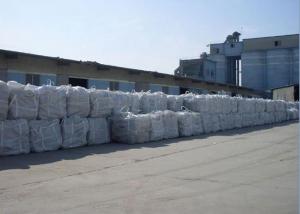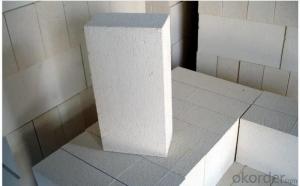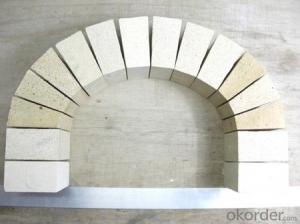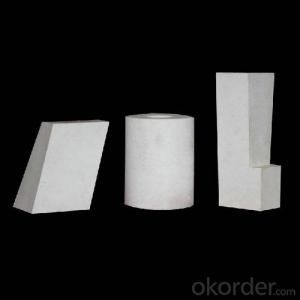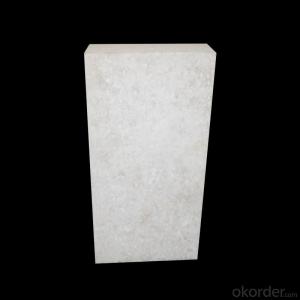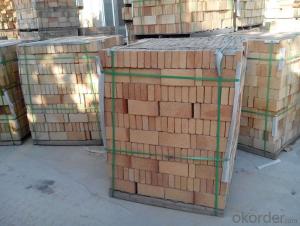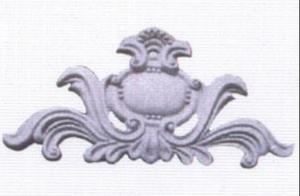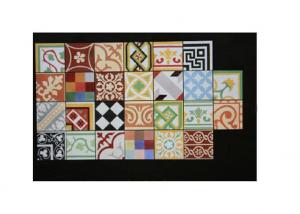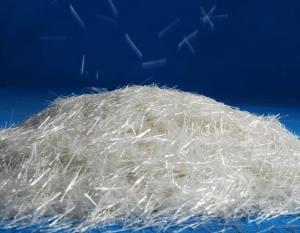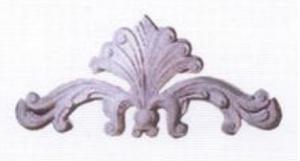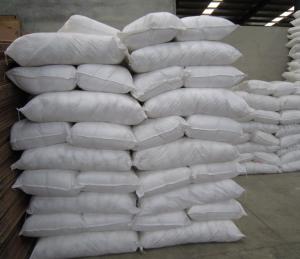Fireclay Insulation Refractory Brick NG Types of Refractory Bricks with High Strength
- Loading Port:
- China Main Port
- Payment Terms:
- TT or LC
- Min Order Qty:
- 2 Tons m.t.
- Supply Capability:
- 5000 Tons per Month m.t./month
OKorder Service Pledge
OKorder Financial Service
You Might Also Like
Advantages of High Strength Fireclay Insulation Refractory Brick NG Types Of Refractory Bricks
Light weight and low thermal conductivity allows thinner furnace walls
Maintain stable structural strength throughout ambient to maximum service temperature
Low heat storage results in rapid cooling and heating operation
Low iron and impurities to enhance reducing atmosphere
High thermal shock resistance in preventing spalling
Non standard sizes and shapes are available upon request
Applications of High Strength Fireclay Insulation Refractory Brick NG Types Of Refractory Bricks
Ceramic shuttle kilns
Metal heat treatment furnaces Steel billet reheating furnaces Oil refinery heaters
Laboratory furnaces
Max Service Temperature (°C) |
1150 |
1200 |
1280 |
1300 |
1350 |
1400 | |
Bulk Density (g/cm3) |
0.55 |
0.6 |
0.8 |
1.0 |
1.3 |
1.5 | |
Apparent Porosity % |
80 |
70 |
60 |
55 |
50 |
40 | |
Cold Crushing Strength (Mpa) ≥ |
1.5 |
2.0 |
2.5 |
3.0 |
4.0 |
6.0 | |
Reheating Linear Change (%) °CX 12H ≤ |
1250°C
-0.5 |
1300°C
-0.5 |
1350°C
-0.5 |
1350°C
-0.9 |
1350°C
-0.9 |
1350°C
-0.9 | |
Thermal conductivity(W/m.k) |
400°C |
0.14 |
0.25 |
0.35 |
0.41 |
0.51 |
0.6 |
600°C |
0.16 |
0.29 |
0.45 |
0.43 |
0.61 |
0.71 | |
800°C |
0.18 |
0.31 |
0.50 |
0.44 |
0.67 |
0.77 | |
1000°C |
0.20 |
0.33 |
0.60 |
0.45 |
0.8 |
0.9 | |
Al2O3 (%) |
37 |
40 |
40 |
40 |
40 |
42 | |
Fe2O3 (%) |
1.0 |
1.5 |
1.5 |
1.5 |
2 |
2 | |
SiO2 |
44 |
55 |
55 |
55 |
55 |
55 | |
- Q: hey im zack and im reseachin portland cement u think u guys help me i want to find out what is it and how its used? THANKS 4 UR HELP AND TIME
- It's the most common form of cement and made from concrete, mortar, stucco and grout. It was developed in England and the result was thought of as being comparable with Portland limestone, an oft used building stone obtained from the south coast in Dorset. Thar's what it's named after.
- Q: hellow I gutted my bathroom all the wall board and I put up cement backerboard and want to know what I can use on the seams I have the fiberglass mesh tape , Joint compound is for wall board grout is for tile . Cement ? plaster ? I want it waterproof hydrolic cement ?Any help With this I would really appreciate.I'am an electrician not a wall trade and i want it to be right , from the jump. Thanks g, Singh
- Chicago has it pretty well stated. Use the special cement board tape if thats not what you have. And a regular thin set works fine but I always use a MODIFIED thin set, not one thats scared of you as in mortified .. lol sorry I couldn t resist, You can use a 6 putty knife or just the flat side of the sized trowel that you are doing the tile with. I do it as I go but I can tile a basic shower in 1 day. I d suggest taping it all and let the thin set dry and always check for lumps and bumps in the seams before tiling. As far as water proofing it , its not a bad idea in a well used shower. Use the Red Guard as suggested. Do this after the seams are taped and dry. That way the seams, corners and all is sealed. This is a paint on product. Use a cheap cheap brush because you ll be tossing it. Do a light coat and then let it dry (matter of minutes for the 1 st coat). Then do a 2nd light coat and let that dry 24 hrs. Any questions you can email me through my avatar and check my qualifications there. GL
- Q: As in many modern houses, our en-suite shower is made up of tiles fixed onto plaster board. Over the years this has started to leak as the grouting failed, and the plaster board has become soggy and needs replacing. We have had two suggestions from different builders. One suggests ripping out the old plaster board and replacing it with quot;cement boardquot; onto which tiles would be stuck. The other suggestion involves cutting out the old plaster board, replacing it with new plaster board which would then be quot;sealedquot; before tiles are stuck onto it. Does anyone know which of these would be the better option please? Costs of both proposals appear to be similar so we really want the better engineering solution.
- Both systems would work. I think the cement-board option is a little bit better. But if you want to be really sure the shower will last your lifetime. Ask the cement board contractor if he will seal the cement board before he installs the tile. Don't ask him how much extra he will charge right off let him bring that up - but expect it to cost a little more. If the floor of the shower is tile as well insist on the sealer. as well as cement board. Most contractors don't like tile floors, they tend to go with preformed one piece bottoms - highly recommend that.
- Q: How many bags of cement do you have in 1 cubic meter of concrete mixed in the ratio 1:4:8?
- 1 bag of cement contains 1ft^3. divide 1 cubic meter into 13 parts. 1 part cement, 4 parts fine aggregate and 8 parts course aggregate. 1cubic meters of concrete/13= 0.0769 cubic meters Since cement is only 1 part then you will need 0.0769 cubic meters of cement. 0.0769m^3 ( 3.39ft/1m)^3= 2.996 ft^3 of cement Therefore you would need 3 bags of cement for a cubic meter of concrete.
- Q: what're the important characterisitcs that is detrimental to the cement quality? is there a makeshift procedure/method that can be used instead to test for such characteristics?
- There is a test to see how well you mixed the ingredients (water cement). I think it's called the slump test. This test is used to sample the mixture. There is a tool that looks like flat-top cone: . . . . . . . ____ . . . . . ./ . . . . . . . . . ./ . . . . . . . . . . ./ . . . . . . . . . the mixture is put in and the tool is removed. - if the mixture is stiff, you need to add water - if the mixture slumps too low, you need more cement - if the mixture slumps maybe an inch and a half, it's good ** Vibration and a dry enviornment during curing affects quality.
- Q: I have a brick fireplace that has been painted a really ugly color by the previous owners. I'm not sure if I should persue the tedious task of re-painting all the bricks , or if there is something I can cover it with. A friend suggested cement board...???... Is this the only product or is there another that would also work??
- Well cement board is for setting tile or stone, so if thats the case, you could tile right over the existing bricks so long that they are flat. If not, they can be skim coated with some thinset to achieve a nice setting surface.
- Q: cement?a. 150 poundsb. 100 pounds c. 50 poundsd. 112.5 pounds
- 2/3 of 75 lbs = 50 lbs
- Q: I went to Home Depot and they said there was no such thing, all cement bags have rocks, is this true? If I went to Home Depot to buy a bag, what would it say on the bag?
- Cement is a term specifically used to describe one ingredient of either concrete or in other flavors sand mix or mortar mix. Its full name is portland cement to differentiate it from any other type of glue which may also be referred to as cement. Generally you select any product based upon the application. Rocks add strength to a concrete mixture. You have a reason for not wanting any rocks. If you are trying to glue bricks or cement blocks together you would use a mortar mix. (Although if you were not concerned about fire I have seen a quick wall with cement blocks and construction adhesive.) If you are trying to fill in a smallish hole in a sidewalk you might use a sand mix or a concrete leveler. If you are trying to fill in low spots in a sidewalk you might use a concrete leveler like Top Bond.If you are trying to fill in around rods or handrails you might use an anchoring cement. If you are trying to fill in a hole or crack against water you would use a hydraulic cement. For top coats on walls you might use a mortar mix or several other commercial preparations. Of all of these the hydraulic cement has the finest particles with a top coater like topbond coming a close second. It is virtually clay that hardens quickly. If you go back to the depot instead of a masonry yard let them do what they know best: describe their products. Just tell them what you are trying to do. There are also preparations that use a non mineral based filler instead of sand. I recently saw very light cement blocks in Europe, but they have a problem of soaking up a lot of water. Structo-light might be one such product.
- Q: What is Oilfield cement, is it the same as the cement that cars drive on?
- I have never worked in the Oil Patch, but I believe oilfield cement is a mixture of sand, aggregate and a barium compound (barium carbonate, maybe). If you look at the Periodic Table, you will see that barium lies under calcium, and has the same properties (more or less). Since barium is denser, when an over-pressured oil reservoir is breached, this mixture plugs up the drill hole until the well can be capped. This is a major use of the element barium.
- Q: I just poured cement anchors for a swingset. Eventually, I will cover the entire area with a tarp and then 3-4 inches of pea gravel. I'm wondering how long I should wait, to do this. Should I wait a week or so for the cement to cure more, before I cover it up? Or can I lay down the tarp immediately?
- You can add the tarp and gravel right away. Avoid using the swings for a couple days after the cement is poured.
1. Manufacturer Overview
| Location | Henan,China (Mainland) |
| Year Established | 2007 |
| Annual Output Value | US$2.5 Million - US$5 Million |
| Main Markets | North America; South America; Eastern Europe; Southeast Asia; Africa; Oceania; Mid East; Eastern Asia; Western Europe; Central America; Northern Europe; Southern Europe |
| Company Certifications | business license |
2. Manufacturer Certificates
| a) Certification Name | |
| Range | |
| Reference | |
| Validity Period |
3. Manufacturer Capability
| a) Trade Capacity | |
| Nearest Port | Shanghai,Qingdao,Tianjin |
| Export Percentage | 51% - 60% |
| No.of Employees in Trade Department | 6-10 People |
| Language Spoken: | English, Chinese, Spanish, Japanese, Portuguese, German, Arabic, French, Russian, Korean, Hindi, Italian |
| b) Factory Information | |
| Factory Size: | 10,000-30,000 square meters |
| No. of Production Lines | 2 |
| Contract Manufacturing | OEM Service Offered Design Service Offered |
| Product Price Range | High and/or Average |
Send your message to us
Fireclay Insulation Refractory Brick NG Types of Refractory Bricks with High Strength
- Loading Port:
- China Main Port
- Payment Terms:
- TT or LC
- Min Order Qty:
- 2 Tons m.t.
- Supply Capability:
- 5000 Tons per Month m.t./month
OKorder Service Pledge
OKorder Financial Service
Similar products
Hot products
Hot Searches
Related keywords
